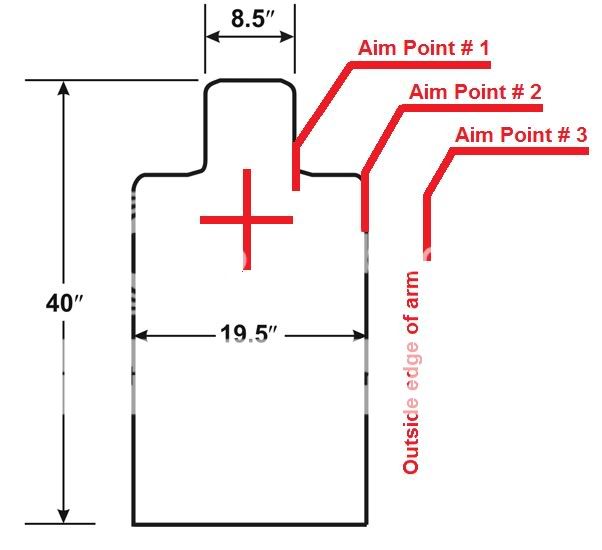OUTSTANDING JAB. Skeeter, after determining value and velocity, you apply the forumla given above. However, keep in mind there are constants based on range for the formula. There may be other math-tacs to use, but I have tested this formula with constants out to 1000 yards with up to 18 mph full values. I train under Marine Scout Sniper and Army B4 Steve Suttles. They run a great 4-week POI. I have two more weeks of schools to finish under him (we use up to a 6 week sniper POI on our Team, but we don't have the luxury of attending the training in one lump so we complete it in week phases). He is an outstanding teacher and awesome at wind calls. I just completed a phase including KD and UKD (100-1000 yards) with INSANE winds. So I got schooled! LOL
Suttles advice: PRACTICE PRACTICE PRACTICE. He says throughout your normal day activities, watch the environment and practice calling wind. Go out to the ranges or fields or cities and watch mirage through your spotting scope to get better. My first recommendation is to get you a spotter under these conditions. It helps save rounds. LOL I came from a SWAT sniper background before going to long range school and we RARELY use spotters on call-outs. This is generally because real time operational deployments rarely afford the luxury of you and your spotter arriving on scene at the same time. But after working with spotters extensively at these schools, I wish I could keep a spotting trunk monkey in my car. LOL Anyhow, here is what we use.
Range (100s) X Velocity (MPH) DIVIDED BY Constant = MOA Full Value
------------------------------------
Constants:
100 to 500 yards - 15
600 yards - 14
700 to 800 yards - 13
900 yards - 12
1000 yards - 11
I wouldn't have thought the constants would have made THAT much of a difference in my ignorant days (still in those days too =), but they do at extended ranges. If its a half value, of course just split the MOA. You always have MIL lead cheats too, and there is DOPE out there you can use as a guideline to start comparing. But of course you will have to figure out what your baby likes. I go to my next phase with moving targets at extended ranges with more INSANE wind the first week of November, so I will share that experience when I get back. Be safe brother.

